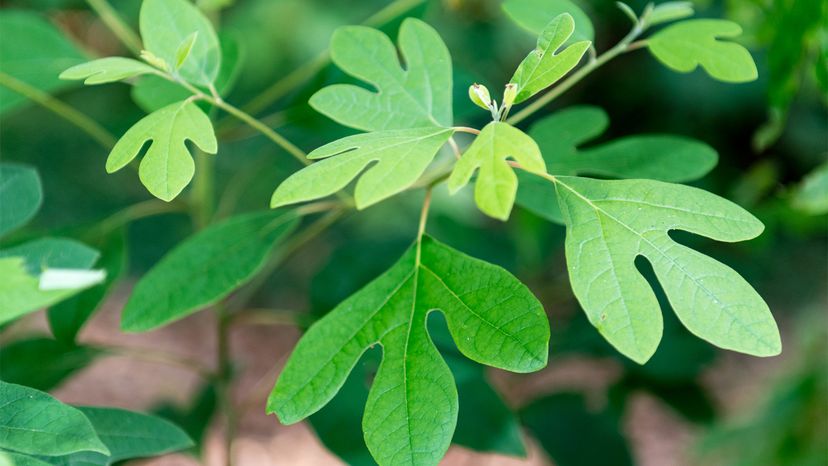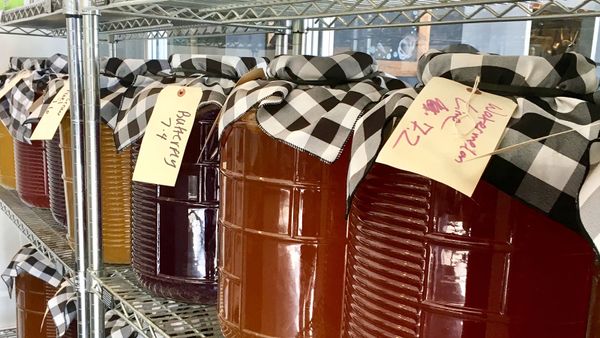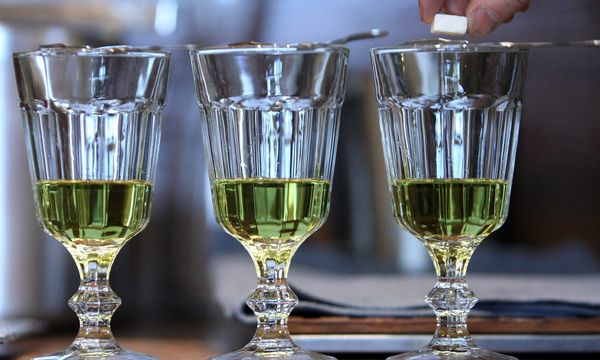
Up until last week, my knowledge of sassafras began and ended in an unlikely place: a Green Day album. "Sassafras Roots," track nine of 1994's "Dookie," offered no explanation of the title and no real context for the lyrics, which read like a self-loathing love song. It was one of the only references to the word I'd hear over the next two-and-a-half decades, so I wrote the word off as an obscure drug reference and went about my pop-punk loving life.
It turns out I was kind of right, and kind of grossly uninformed, which, thanks to the internet, I'm trying to rectify on a variety of topics. Sassafras has played a role in the formulation of some narcotics, but it in and of itself is not the kind of street drug you might suspect rock bands to write songs about. Sassafras actually has a far more complex history than many people may realize, and its torrid past may be part of what makes it such a great creative muse.
Advertisement
"The Sassafras albidum is a deciduous tree native to the U.S., most commonly found along the eastern and southeastern regions," says Nikki Tilley, senior editor of the website Gardening Know How.
"It's well known for its medicinal use and as a spice, especially for root beer, dating back to the 1500s, though is speculated to have been utilized long before that."
The trees, which produce a dark blue or black fruit that birds and small animals love, blooms in springtime and is sometimes called America's "only native spice." In the early 17th century, European settlers caught on to the potential in the plant from North American Indians who'd been using it for a variety of medicinal purposes. According to the paper, "Sassafras and its Role in Early America, 1562-1662," author B.W. Higinbotham declared that sassafras "has probably had more to do with the making of early American history than any other plant," and author Lesley Bremness wrote, "sassafras was perhaps the first Native American herb to be exported to Europe."
Advertisement


